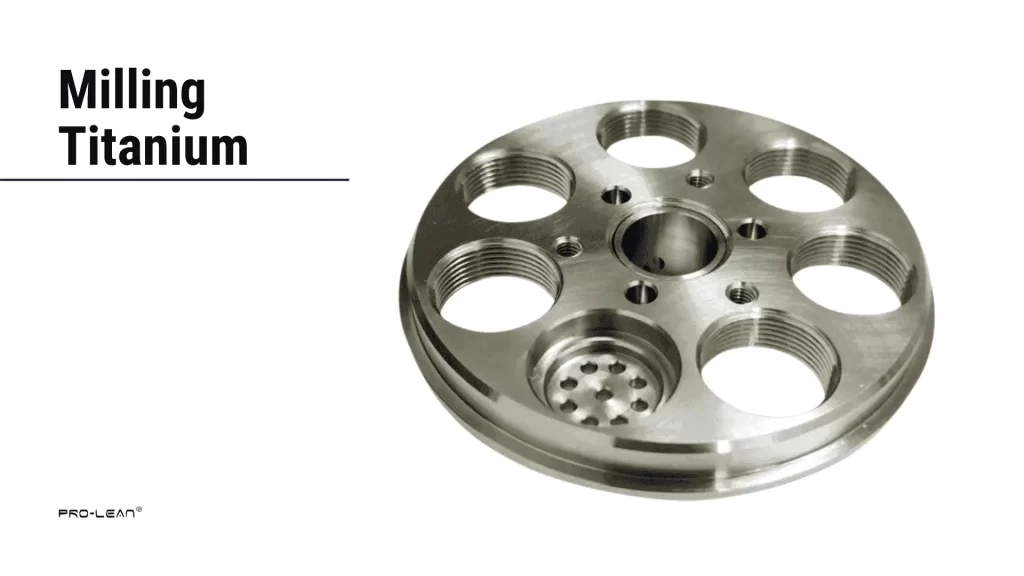
Milling Titanium
In contemporary manufacturing, titanium is a highly valued material. However, it is more expensive than other materials like steel and aluminium. Its qualities make it unique among many steel grades while still being lightweight.
Moreover, titanium is tough and resistant to chemical corrosion. These features make it perfect for consumer electronics, automotive, and aerospace sectors.
When it comes to titanium manufacturing, cutting titanium is not an easy material to mill, despite its advantages. Its low thermal conductivity increases tool wear and thermal instability. Therefore, careful planning, accurate tooling, and skilled handling are required for milling titanium. If the wrong strategy is employed, it can easily lead to expensive work.
ProleanTech assists you in overcoming these challenges. Our state-of-the-art 3, 4, and 5-axis CNC milling machines precisely handle titanium. Whether for aerospace, medical, or industrial use, we provide the precision and durability you can rely on.
In this article, we will look at the main challenges of titanium CNC machining, the best cutting tools and methods to use, and the role of ProleanTech in helping you achieve consistent results.
Why Choose Titanium for CNC Machining Parts?
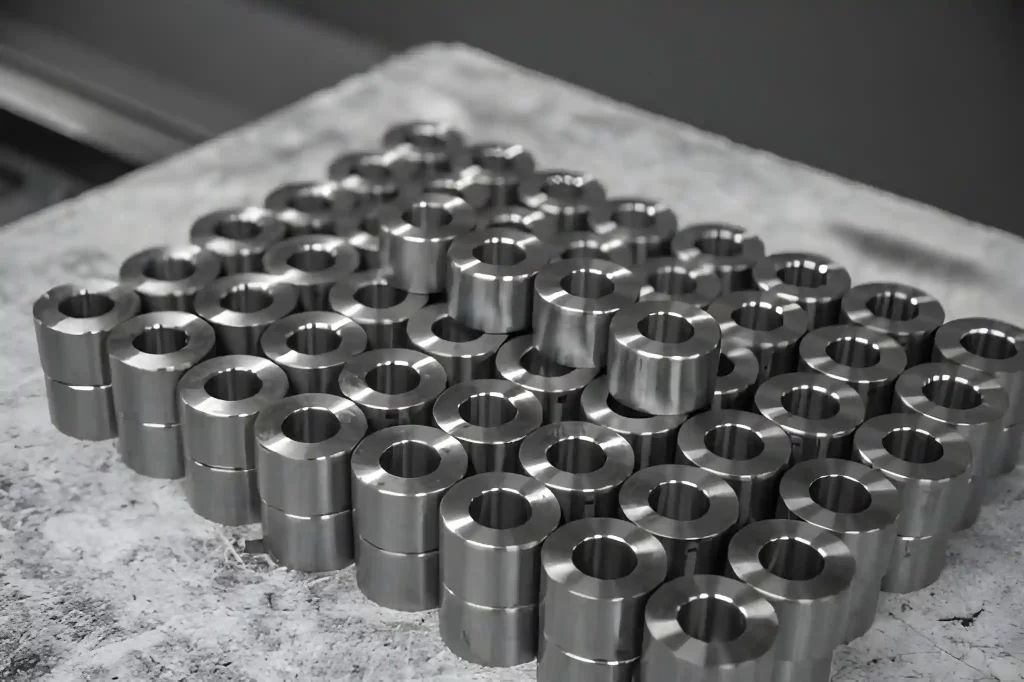
Titanium Machine Gear Parts
Titanium is an optimum material for CNC machining applications. It is lightweight, rigid, and resistant to heat and corrosion. Here are the common reasons why it attracts manufacturers.
It performs better in Tough Conditions
Milling titanium parts can withstand high temperatures, pressure, and stress. It keeps things stable when weaker metals fail, whether in an offshore drilling system or an airplane engine.
Reliable in Sensitive Applications
Titanium is non-magnetic in nature. So, it performs well in electronics and precision instruments where interference must be avoided. Additionally, its natural oxide layer prevents corrosion on the surface. This prolongs the part’s life in hostile environments, such as saltwater and chemical exposure.
Titanium is Safe for Medical Use
Titanium is safe to use and compatible with the human body. This makes it a good choice for implants, surgical tools, and other medical equipment.
Serving Multiple Industries
Titanium is used in jet engine blades, enclosures/structures, medical implants, car parts, and a titanium iPhone cover. Its strength, light weight, and corrosion resistance make it ideal for various applications. For example:
| Industry | Applications |
| Aerospace | Jet engine blades, turbine components, structural airframe parts |
| Medical | Surgical implants, bone plates, dental fixtures, and medical instruments |
| Automotive | High-performance engine components, exhaust systems, and racing parts |
| Consumer Electronics | Premium device casings, titanium iPhone covers, and laptop housings |
| Marine | Propeller shafts, underwater equipment, corrosion-resistant fasteners |
Challenges Faced During Titanium CNC Machining
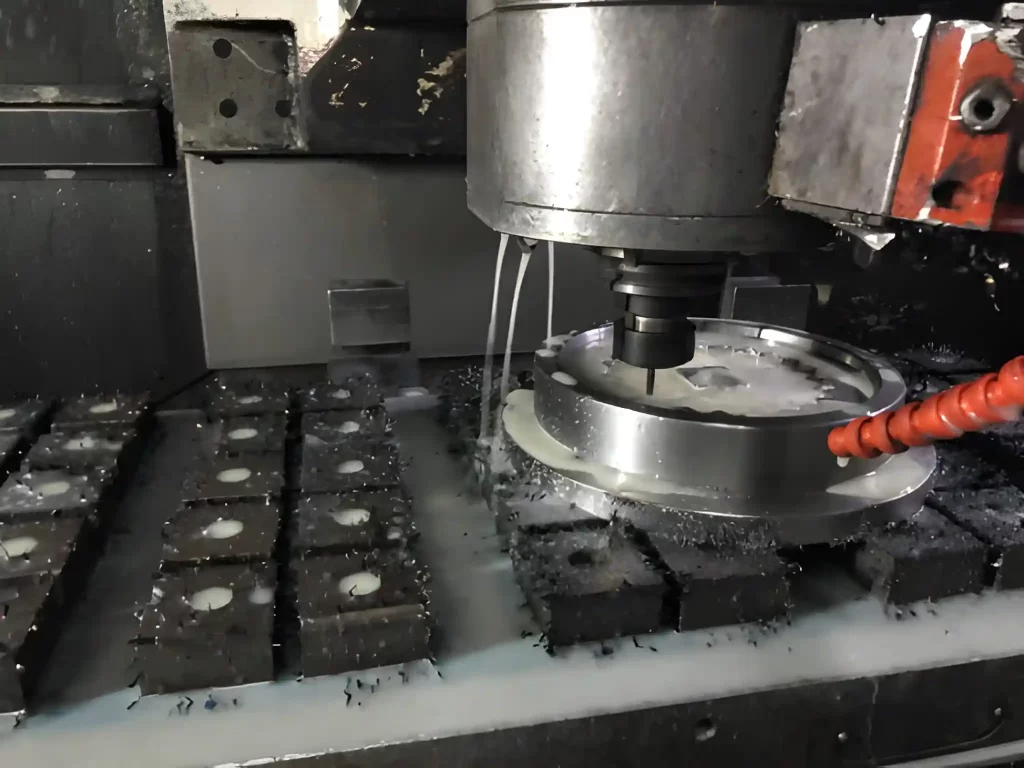
Titanium CNC Machining
As discussed, titanium is an excellent material for CNC work, but not without challenges. Its physical and chemical properties make it difficult to machine, so you must be careful, use the right tools, and have expert process control. Here are the most critical problems you need to know about.
Reactivity and Tool Adhesion
Titanium quickly reacts with oxygen and other gases during cutting. It causes the surface to oxidize, making it less prone to corrosion and weaker over time. Additionally, titanium is gummy. So, it doesn’t stretch much and often sticks to tools. This makes tools wear out, get galled, and leave rough surfaces.
Heat Build-Up and Wear
Titanium doesn’t conduct heat well; it stays in the cutting zone. High-cutting forces worsen the issue by causing vibrations and even breaking tools if not kept in check. Machinists often use high-pressure coolant, slower spindle speeds, and heavier chip loads to eliminate these risks.
Stress and Work Hardening
The crystal structure of titanium makes it difficult to alter its shape. This also makes cutting stress high and causes residual stress inside the part. This leads to warping, cracks, or a shorter fatigue life. At the same time, the material can harden during machining, making each pass harder and putting more stress on the cutting tools.
Practical Tips for Effectively Milling Titanium
It can be hard to mill and turning titanium, but it can also be gratifying. The metal is rigid, heats up quickly, and can soon wear out tools if you don’t use them properly. You can make precise parts as soon as you do it correctly.
- Start with the Right Tool Material: Always use coated solid carbide tools instead of hard steel. These tools last longer and can handle high temperatures better.
- Manage Heat at the Cutting Zone: When you mill titanium, it gets hot quickly. Use high-pressure coolant to keep the tool cool and wash away chips. This prevents the tool from sticking and makes it perform better.
- Keep Radial Engagement Low: Only cut a small portion at a time. Too much contact puts more stress on the tool. This makes it harder to remove chips and can impact the surface finish.
- Use Climb Milling for Better Chip Flow: Climb milling moves chips from thick to thin, which keeps the tool cooler and cuts down on rubbing. It also makes the surface uniform. When removing the alpha case layer, regular milling might work better for a clean first pass.
- Watch for Tool Deflection: Titanium is strong enough to bend tools. This tends to cause chatter, bad finishes, and broken tools. To reduce deflection, use shorter tools, cut less deeply, and make your setup more optimised.
- Adjust Feeds and Speeds Carefully: You should employ a slower cutting speed than aluminium or steel when cutting titanium. Use a faster feed to move heat away. To keep tools from wearing out too quickly, it’s important to balance speed and feed.
- Optimise Entry and Exit Paths: Use a helical or curved path to get into the cut to spread the cutting forces. Make your exit smooth so sudden loads don’t break the tool.
- Choose the Best Coating for the Job: Coatings of TiAlN and AlCrN make tools less slippery and more heat-resistant.
- Always Keep an Eye on Tool Wear: Look at your tools’ surface finish, vibration, and cutting sound regularly to see if they are wearing out. Chamfer tools are used before breaking to maintain the parts’ quality and reduce waste.
- Get help from an Expert with your Process: It takes practice and expertise to mill titanium. If you keep having issues, ask the tool suppliers for expert assistance. You can save time, tools, and materials by following their advice. (See more: titanium vs steel machining)
Try Prolean Now!
What are the Best Titanium Grades for CNC Milling?
Many titanium grades have unique strength, ease of machining, and corrosion resistance. Some titanium types are pure metals, while others are alloyed to suit hostile environments. Here is a list of the most common titanium grades used in CNC milling.
Grade 1
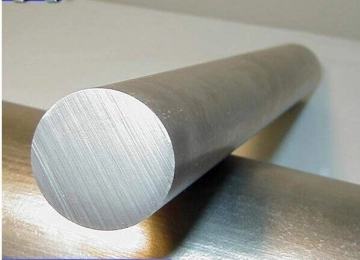
Pure Titanium Grade 1
This is the softest type of titanium. It is easy to machine, weld, and shape. So it is suitable when shape and corrosion resistance are more important than strength. Grade 1 parts are often used in medical equipment, chemical processing, and lightweight airplane parts.
Grade 2
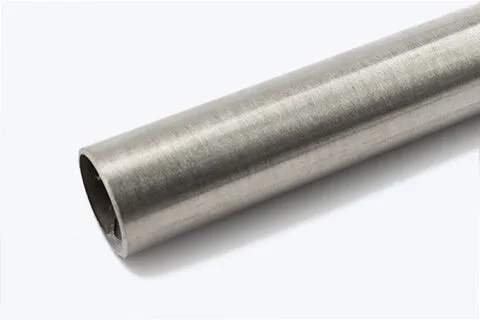
Titanium Grade 2 Tubing
This grade is often called the “workhorse”. It is strong and easy to work with. It doesn’t rust easily and cuts better than alloys with higher strength. It is commonly used in aerospace and marine applications, like airframes and engine parts.
Grade 3
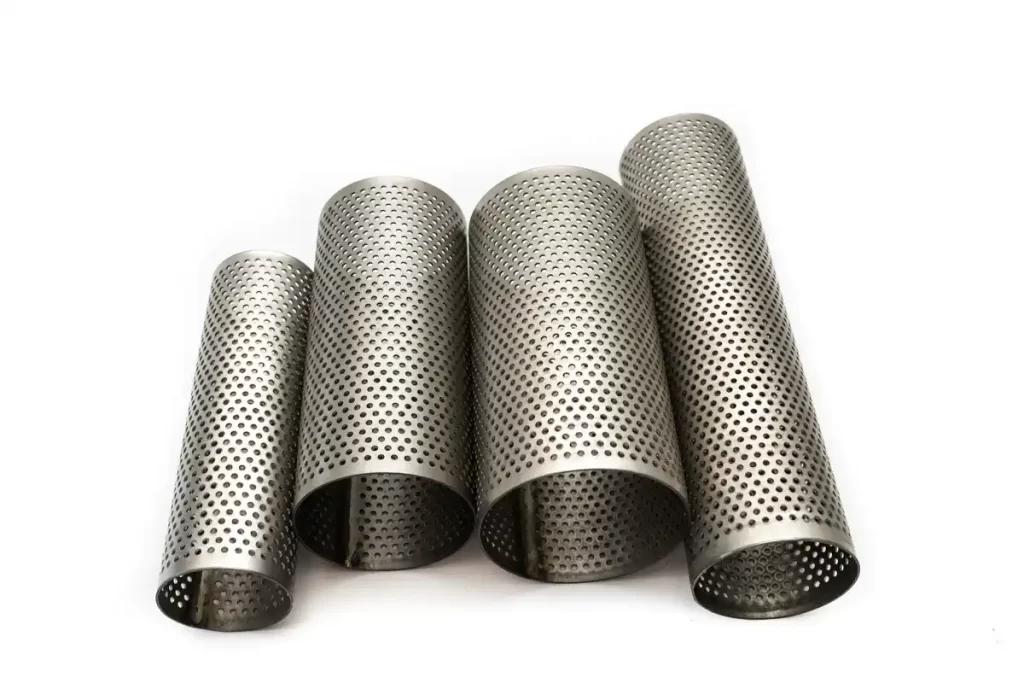
Titanium Perforated Grade 3
Grade 4 is the strongest of the commercially pure grades of titanium. It is challenging and rigid to cut. It requires strict setups, high-pressure coolant, and sharp tools to avoid overheating. It is often used for cryogenic tanks, chemical plant equipment, and aerospace parts.
Grade 5 (Ti-6Al-4V)
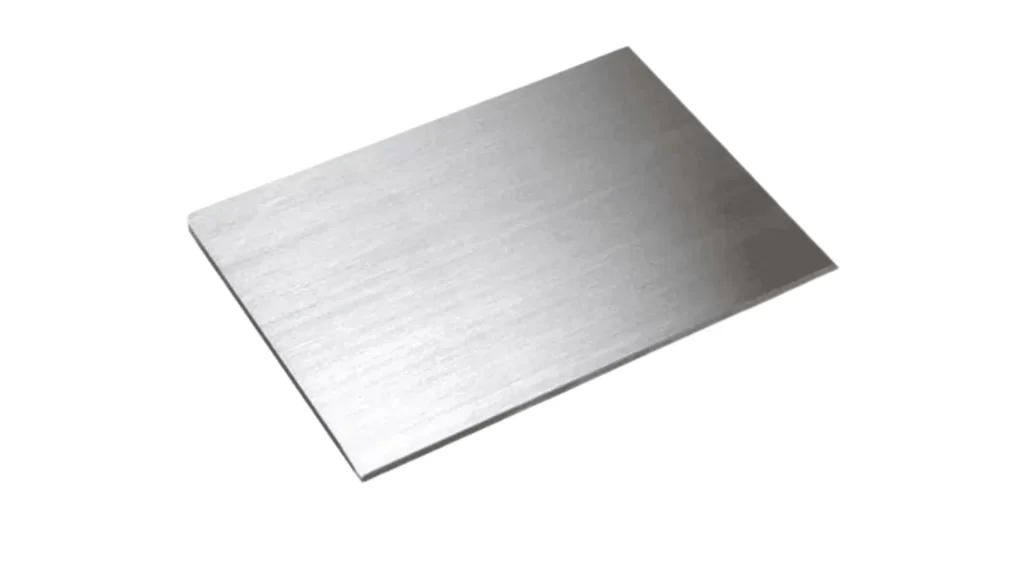
Titanium Grade 5
Grade 5 is the most common one among others. It is composed of aluminum and vanadium. This combination gives it an excellent strength-to-weight ratio. It is harder to work with than pure grades, which makes cutting forces and heat higher. To deal with these grades, you must use coated carbide tools and controlled cooling. Some common uses of titanium grade 5(Ti-6AI-4V) are aerospace cnc machining, defence, offshore, and engineering parts.
Grade 6 (Ti-5Al-2.5Sn)
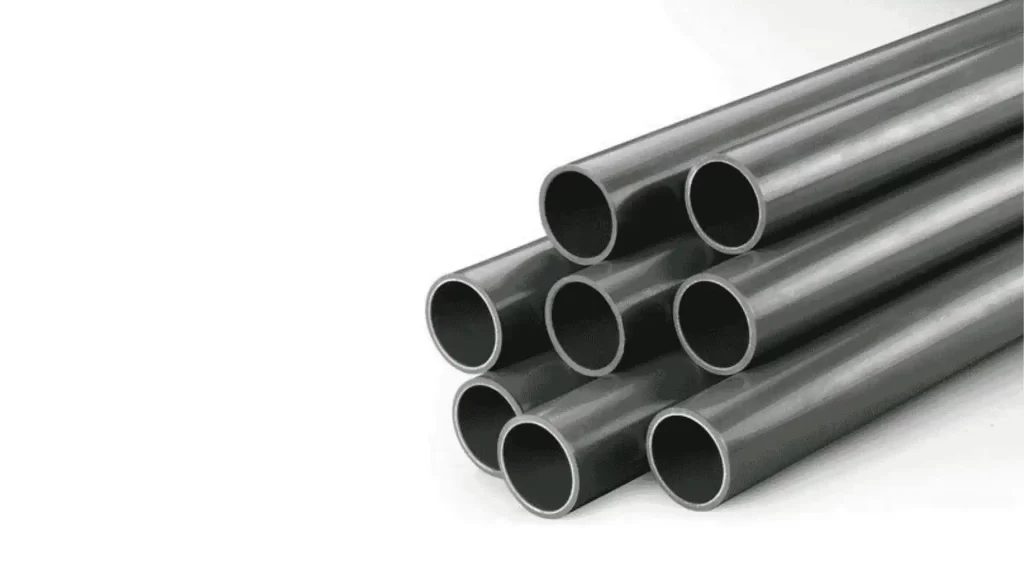
Grade 6(Ti 5Al-2.5Sn)
Grade 6 maintains strength even when it’s hot, which makes it worthwhile in aerospace engines and airframes. Its machining attributes are similar to Grade 5. However, you must be careful with heat and vibration.
Grade 7
Grade 7 has excellent resistance to chemical corrosion due to palladium addition. It works like Grade 2 but is more expensive. It uses chemical processing systems and equipment that withstand harsh acids and corrosive environments.
Grade 11
Like Grade 7, Grade 11 is more ductile. This makes it easier to shape into complicated shapes. Its lower strength limits its use in buildings, but its resistance to chemicals makes it worthwhile in chemical and marine plants. When milling this grade, you must pay as much attention to heat control as possible.
Grade 12
Grade 12 is made of nickel and molybdenum. When you machine it, it acts like a hard stainless steel. It needs sharp tools and steady cooling rates and is often used in heat exchangers, aircraft systems, and marine engineering.
Grade 23 (Ti-6Al-4V ELI)
This grade is more pure and is called the medical version of Grade 5. It is tougher and more compatible with patients because it has fewer impurities. Its machining is just as hard as Grade 5. It is used daily in implants, surgical tools, orthodontic hardware, and other safety-critical devices. (See more about titanium vs aluminum)
Try Prolean Now!
How to Choose the Right Cutting Tools for Milling Titanium
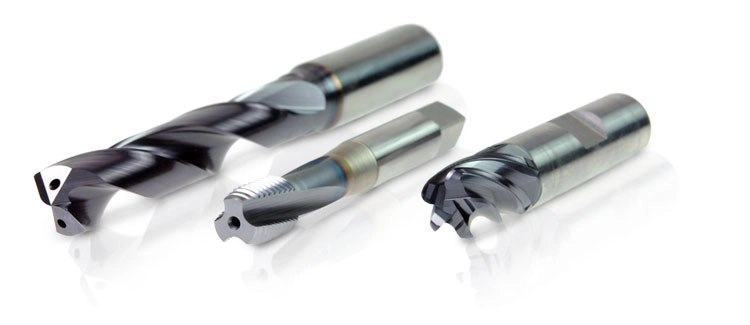
Cutting tools for Titanium
Using standard tools for CNC milling titanium is not a good idea. Titanium produces excessive heat, wears out tools quickly, and doesn’t work well with poor chip control.
Therefore, choosing the proper cutting tools is essential for steady production and avoiding tool breakage. Here are some valuable tips to help you decide.
Consider the Number of Flutes
End mills with more flute numbers are better for titanium. Extra flutes mean more cutting edges are in contact with the material. It reduces chatter and spreads cutting forces more evenly. For instance,
- A 4-flute cutter may be standard for many materials.
- A 6–10 flute end mill is often better for titanium. It helps you minimize the radial engagement, control chip size, and smooth the cut.
Keep Cutting Edges Sharp and Avoid Interrupted Cuts
Titanium isn’t very stiff; it tends to push back against the tool instead of cutting cleanly. Because of this, sharp edges are significant for quickly getting rid of chips. When tools are dull, they start to rub instead of cutting. As a result, they become hotter and shorten their life. You must avoid interrupted cuts whenever you can, because the impact can chip or dull the cutting edge too soon. Smooth, continuous cuts help tools last longer and create a better surface finish.
Use the Right Tool Coating
When milling titanium, coatings keep tools performing better and longer. TiAlN (Titanium Aluminum Nitride) is a popular coating because it can handle high temperatures, reduce built-up edge, and improve chips’ flow. Additionally, coated tools resist galling and welding when cutting sticky titanium.
Try High-Feed Mills
High-feed tools make efficient cuts without overloading the tool. They spread cutting forces along the axis, which lowers radial pressure and heat buildup.
Surface Finishes for Machined Titanium Parts
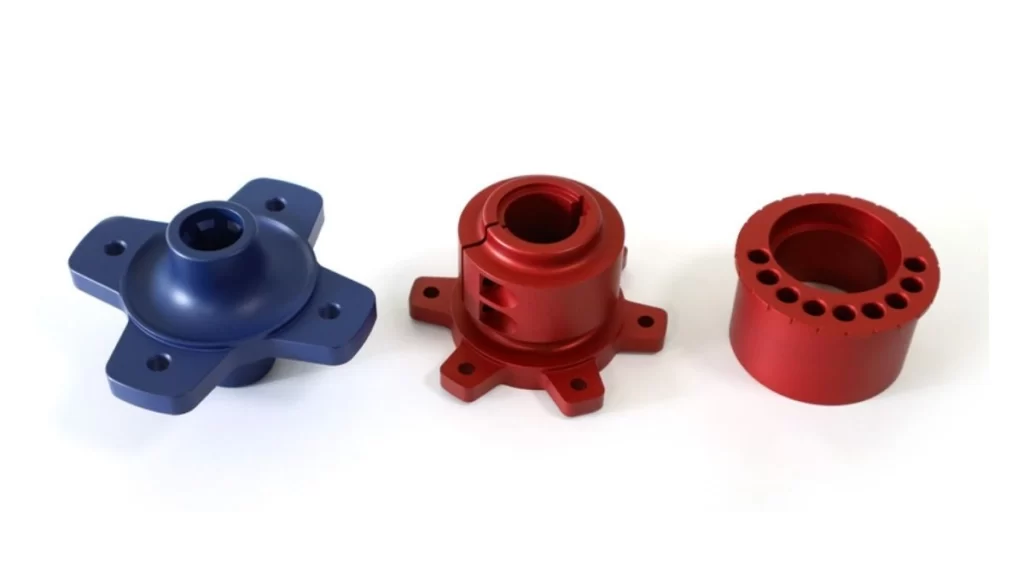
Anodized Titanium Parts
There are several ways to polish titanium machined parts to make them look better, last longer, and work better. Here are some common ways to finish:
- Polishing: It makes a surface smooth, shiny, and looks better, and lowers friction. It is common in medical implants and consumer items.
- Anodizing: It adds a layer of oxide that protects the metal from corrosion. It allows you to choose different colors. It makes parts less likely to wear out and rust, making them look clean and professional.
- Bead blasting: This finish uses small particles to make a smooth, matte surface that hides machining marks and reduces glare.
- Powder coating: It gives parts scratch resistance abilities, protects them from the weather, and provides a colourful finish.
- PVD Coating: These coatings add a thin, hard film, making titanium parts more wear-resistant. They also give them decorative finishes like gold or black.
- Brushing: It leaves a fine linear texture that makes titanium look sleek and modern. It also hides fingerprints and minor scratches.
Key Takeaways!
Milling titanium doesn’t have to be overwhelming. With the right tools, techniques, and finishing options, you can obtain the full advantage of titanium’s unique properties. Whether you’re in aerospace, medical, automotive, or consumer products, titanium machined parts are worthwhile to use because of their durability.
At Prolean, we specialize in 3, 4, and 5-axis CNC Machining Services. We can deliver tolerances as tight as ±0.0002” and surface finishes intended for your application. From prototypes to large production runs, our experienced engineers ensure accuracy, efficiency, and cost-effectiveness at every stage.
Ready to Start Your Project? Upload your design today to get a fast, accurate quote. Our engineers will review your part and provide expert feedback within hours. With secure uploads, real-time order tracking, and world-class machining expertise, Prolean is your trusted partner for custom titanium machining and beyond.
Get an Instant CNC Milling Quote from ProleanTech!
FAQ’s
Q1: Why is titanium harder to machine than steel?
Titanium captures heat at the cutting edge, wearing tools quickly. It also reacts chemically with tools and flexes under pressure. Therefore, you need slower speeds, sharp tools, and uniform coolant.
Q2: What cutting speed should I use for milling titanium?
Use 60-100 feet per minute. Go slower than steel but increase your feed rate gradually. This pushes heat into the chips instead of your tool.
Q3: Can standard CNC machines mill titanium parts?
Yes, you need sharp carbide tools, high-pressure coolant, and rigid setups. Most machines handle it fine with the right technique.
Q4: Why is titanium machining so expensive?
The raw material costs more than steel or aluminium. Cutting tools wear out rapidly and require frequent replacement. Besides this, slower machining speeds increase production time. These factors combine to raise overall project costs.

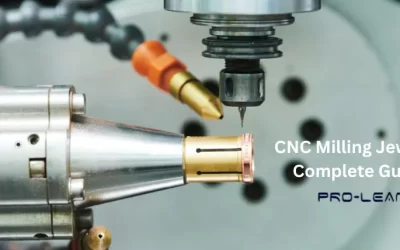
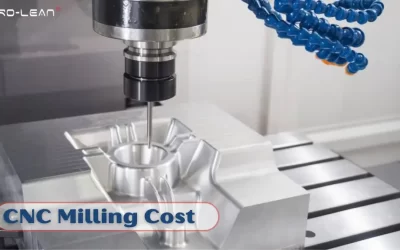
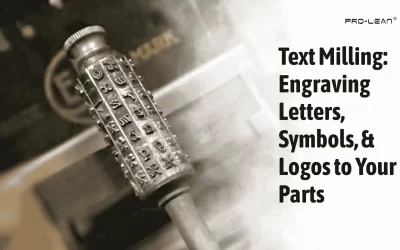
0 Comments